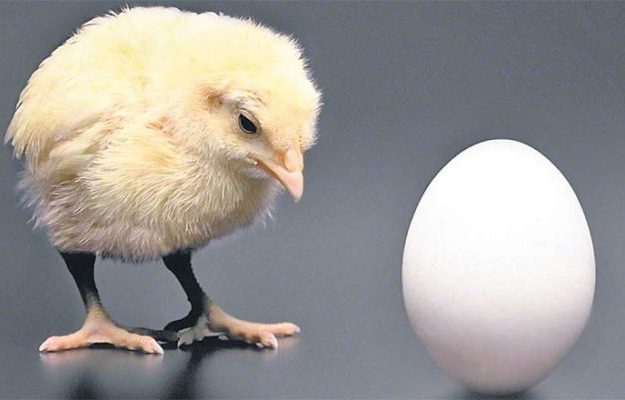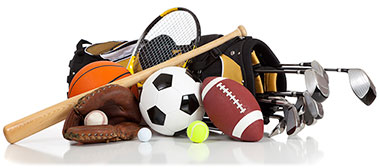What To Look For In A Used Trailer
There are two schools of thought on tiny house trailers. The first is that it is the most important part of your build, buy new, don’t take any risks, get exactly what you need for the tiny house you want. The second is that it’s the most important part of your build, it might be the most expensive piece as well if bought new but MAYBE you can save a significant amount of money on your build by finding a QUALITY used trailer.
Here are some things you should look for in a used trailer:
-
-
-
- Title and VIN!
-
-
This is not a given! You can find a lot of ‘free’ trailers which have been abandoned and someone just wants it moved. These are HARD to get titled and its a headache you probably don’t want. There is always the possibility that it’s stolen or that you may actually be ‘stealing’ it yourself in the eyes of the law. Any trailer you consider should have a VIN number and a title so that its legal and good to go.
- Gauge of steel on frame
This is sort of intuitive since you probably won’t be able to tell exactly what gage the steel is but it should be sturdy, not flimsy. A lot of RV’s are made to carry much less weight than a tiny house and may (probably) aren’t heavy duty enough to build on. IF you are going to reclaim an RV the ones built before 1982 tend to have thicker steel since it was prior to ultra light RV designs. Still, be aware.
- Axle weight limits
There is a stamp often on the axle itself with its weight limit. Sometimes this stamp gets obscured by dirt and grime, check with a professional to verify if there is any question. Many trailer shops can tell by taking a picture in.
- Rust
It is ok if the trailer has a little rust but you will need to grind it down and seal it so that it stops. It shouldn’t be coated in rust and have been deteriorating for years. Rust is a natural process in steel but it literally breaks it down, if it’s been rusting for years it’s probably one to pass on. If you do get a trailer that has rust take a grinder to it until all of the rust is gone and coat it with a rust proofer/primer designed for metal. Pay particularly close attention to welds, they should have been protected from rust, if they weren’t then pass on it.
- Welds
Check the welds, they should be uniform and continuous. As mentioned previously they should be protected from rust. Check for hairline fractures or any breaks. If the metal is good rust is repairable but if welds are not continuous you can either weld it yourself or find a welder to give you a quote on their time to reinforce it. This price may vary quite a bit based on your region and time of year. It’s good to get that quote prior to purchase if possible.
- Decking
If you’re going to build on the deck you will want it to be a decent quality. If you are building into the frame you will want a solid perimeter of sturdy steel to fasten your walls to (or be able to add these).
- Outriggers
Outriggers, if you have them will likely be supporting your entire tiny house, you want them close enough together to do so and of sturdy enough steel. If your outriggers are spaced too far apart you will want to weld additional ones on. I would also suggests adding steel along the perimeter to attach wall sill plates to.
- Brakes
You’ll want an auto braking axle. This is so that if the trailer ever comes detached from the pull vehicle that it will automatically brake itself instead of continuing down the road until it smashes into something.
- Lights
Your local codes will govern what lights you need to have on your trailer, it is a good idea to make sure any used trailers have working lights. In the event that they don’t there are temporary lights you can purchase for short moves. If you need these be sure to factor those temporary lights into the cost of the trailer.
- Tow Type
There are bumper pulls and gooseneck/5th wheel hitches. The hitch is different on each and may require a specialized tow vehicle. A bumper pull is the easiest to move because it is the most common hitch. The weight in your tiny house must be distributed so that only 10-12% of the total weight bears down on the hitch (so it is fairly balanced over it’s own axles (this plays into your design a lot!). A gooseneck and a 5th wheel hitch are different in their connection to the tow vehicle (goosenecks use a ball and 5th wheels use a pin, like a semi trailer), both types connect over the rear axle of the tow vehicle. Since they are centered over the axle these types of trailers allow up to 33% of the weight to bear on the tow vehicle. This is important to help inform your design and evenly distribute the weight in your tiny home.
- Wheels and tires
The wheels and tires on a used trailer are likely going to need to be updated/replaced, consider this cost and account for it when deciding if buying used is really a money saver.
Time is money as well. In the example of the MiniMotives tiny house, a used trailer was purchased for $500. There was approximately $900 dollars spent to reinforce steel, replace tires, prep the trailer along with about 2 months of time. That brings the total cost to about $1,400 and a good chunk of a timeline for a trailer that would be anywhere from $5,500-$6,500 new. In that situation it seems worth it. A lot of situations it isn’t though, be selective!
The best places to look for quality used trailers:
-
-
-
- Craigslist
- Local Auctions
- Local Trailer Shops
-
-


